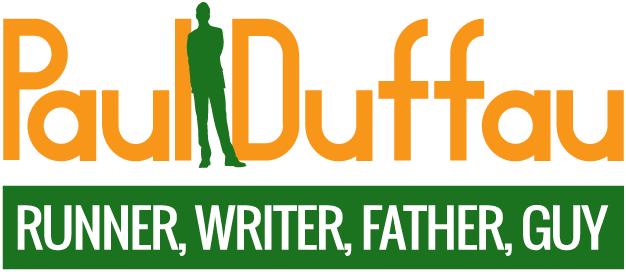5 Tips for Finding a Handyman
Finding a handyman - a good one - is like panning for gold in the Atlantic ocean. Finding a handyman that doesn't charge an arm, leg is even more challenging. Most people think of the handyman as the jack-of-all-trades. Some handymen think that as well. No single person can know it all and the handyman that tells you he can do it all is giving you a big neon warning sign - "BEWARE!" It might be more accurate to say that a handyman is the man - or woman! - who can do the job you need done.
The modern handyman doesn't look like a guy named Daryl (with another brother Daryl). They are a variety of shapes and sizes, both genders, all colors, with a variety of skills. The professional full-timer will have a larger range of skills and charge accordingly. Part-timers are usually more narrow in their skills but cheaper. Either might be able to help you depending on your project. The real trick is to make sure that you don't push the handyman past his comfort zone.
Onto the 5 tips for finding a handyman... Tip 1 on Finding a Handyman
Have a clear idea of what you want. If you don't know how you want the project to turn out, your handyman isn't going to know. He might be able to give you some ideas but ultimately you need to be in charge. Make a list of all the projects you want done whether it's cleaning the gutters or building a cabinet. Talk it over with them and make sure that they can handle the types of work and the total work load. Talk with them, discuss their experience and favorite projects. Get a feel for what they can accomplish.
Tip 2 on Finding a Handyman
Make sure that the person you want to hire is on the up-and-up. Any legitimate handyman will be carrying insurance to protect himself and you. He should also have the proper business licenses. You'll want to talk to more than one handyman - three is usually enough to get an idea of the costs and scope of the services that they can offer you.
Tip 3 on Finding a Handyman
Check their references. Handymen live and die by reputation so don't be afraid to ask them for references - and don't be afraid to follow up on them. You need to know who it is that you are inviting into your home.
Tip 4 on Finding a Handyman
You need a contract. It's a nice thought to be able to get work done on a handshake and a nod but in our modern world, you need a contract. The contract should define what the handyman is going to do, for how much, how he's planning on charging you (flat fee, hourly, etc.) and when payment is due. If he offers a guarantee on his work, get it in writing. It's a "Trust but verify" world out there.
Tip 5 on Finding a Handyman
Avoid the handyman that calls you up and offers any sort of special deal, sale, or "we're in the neighborhood" work. Unfortunately, there are a lot of scam artists that are very slick at separating people from their hard earned money. Be leery of deals that are too good to be true. If you followed the steps above, you should be able to avoid these guys. My first instinct if I'm getting unsolicited offers is to assume that someone wants to take advantage. Be comfortable enough with your intuition to "just say no."
